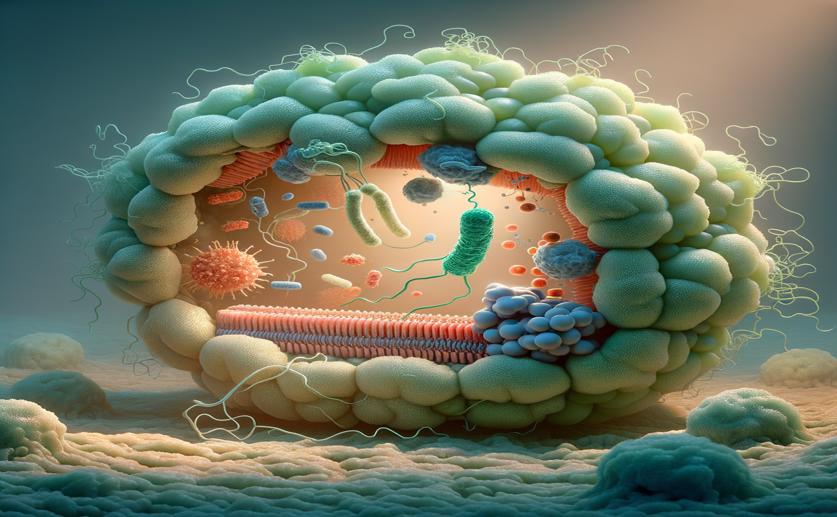
How a Bacterial Protein Weakens Plant Defenses by Targeting Key Plant Proteins
Jim Crocker
14th June, 2024

Image Source: Natural Science News, 2024
Key Findings
- Researchers at Gyeongsang National University found that the effector protein AvrRps4C from Pseudomonas syringae targets specific WRKY transcription factors in Arabidopsis to weaken plant immunity
- AvrRps4C suppresses the immune-positive regulator WRKY54, preventing it from binding to the SARD1 promoter and thus inhibiting its role in plant defense
- The study reveals that AvrRps4C causes WRKY transcription factors to form complexes in the cytoplasm, further disrupting their function in plant immunity
References
Main Study
1) The processed C-terminus of AvrRps4 effector suppresses plant immunity via targeting multiple WRKYs.
Published 13th June, 2024
https://doi.org/10.1111/jipb.13710
Related Studies
2) WRKY54 and WRKY70 co-operate as negative regulators of leaf senescence in Arabidopsis thaliana.
3) Plant Innate Immunity Multicomponent Model.
4) In planta effector competition assays detect Hyaloperonospora arabidopsidis effectors that contribute to virulence and localize to different plant subcellular compartments.



 13th June, 2024 | Greg Howard
13th June, 2024 | Greg Howard